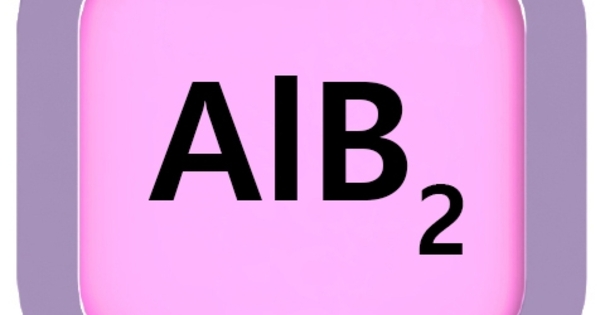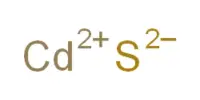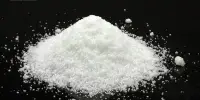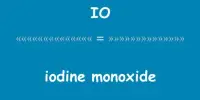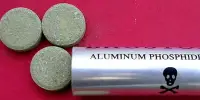Aluminium diboride (AlB2) is a chemical compound made from the metal aluminium and the metalloid boron. It is a binary compound composed of aluminum and boron elements. It is a hard, high-temperature superconductive material with high thermal stability, high electrical conductivity, and low thermal expansion.
It is one of two compounds of aluminium and boron, the other being AlB12, which are both commonly referred to as aluminium boride. It is commonly used in high-temperature ceramics, refractories, and electrical components due to its exceptional properties.
Properties
It has a high melting point and hardness, making it an attractive material for high-temperature and high-strength applications. It is a ceramic material with a hexagonal close-packed crystal structure. It has a high melting point, good thermal stability, and high thermal conductivity.
- Chemical formula: AlB2
- Molar mass: 48.604 g/mol
- Appearance: Copper-red solid
- Density: 3.19 g/cm3
- Melting point: >920 °C (decomposes)
- Solubility in water: insoluble
- Crystal structure: Hexagonal, hP3
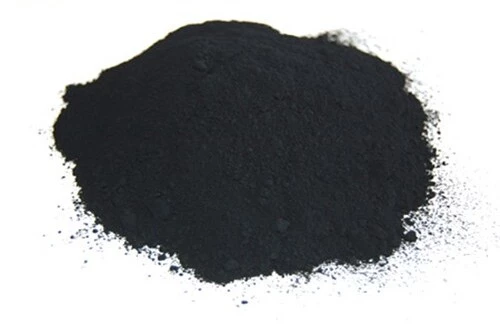
Structurally the B atoms form graphite-like sheets with Al atoms between them, and this is very similar to the structure of magnesium diboride. Single crystals of AlB2 exhibit metallic conductivity along the axis parallel to the basal hexagonal plane. The crystal structure of AlB2 is often used as a prototype structure to describe intermetallic compounds. There are a large number of structure types that fall within the AlB2 structural family.
Applications
AlB2 is commonly used in the manufacturing of high-temperature ceramics, superalloys, and electrical conductors. Additionally, its high thermal conductivity makes it useful in applications such as thermal management and heat exchangers. It is used in high-temperature structural materials, refractory materials, electrical conductors, and wear-resistant materials.
Health Hazards
Aluminium boride is considered a hazardous substance as it reacts with acids and hydrogen gas to produce toxic gases. For example, it reacts with hydrochloric acid to release borane and aluminium chloride.
